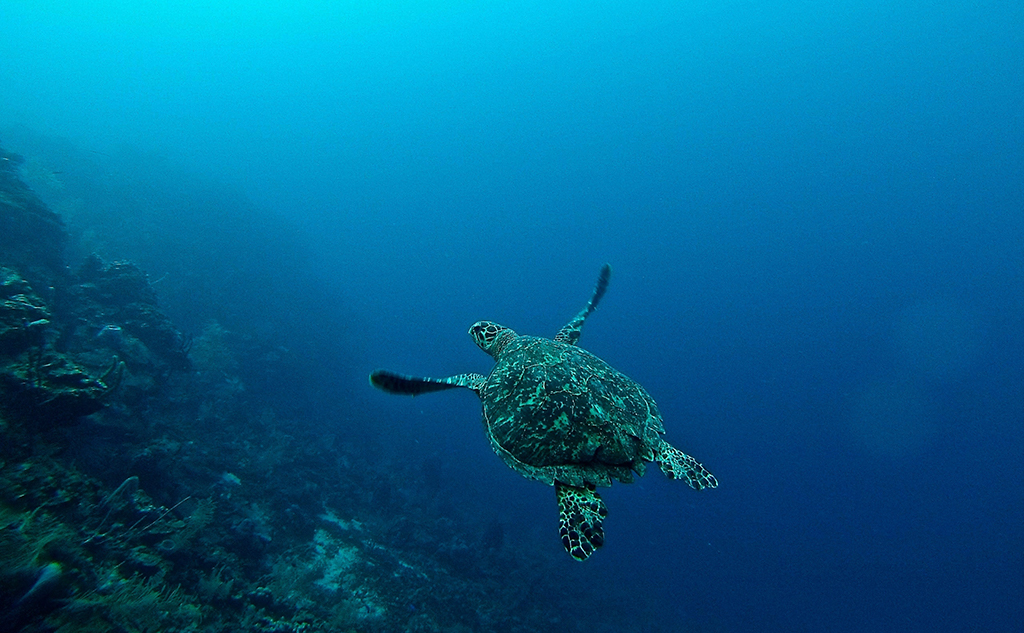European Union commitments to the marine environment takes timid steps
At the end of July the European Commission published a report on the assessment of Member States’ programmes of measures under the 2008 “Marine Strategy Framework Directive”(1). The least that can be said is that there has not been much enthusiasm from the 23 States concerned to present their measures: only six had done so within the time limit set and 16 by the new deadline of February 2017 set by the infringement proceedings.
Many of the measures presented fall within the application of EU environmental legislation, the Waste, Water, Birds, Habitats, Urban Waste Water Directives or the Common Fisheries Policy regulation. Others are covered by commitments made at international level (International Maritime Organisation, regional maritime conventions, etc.).
Reducing pressure on the marine environment
Most of the measures envisaged contribute directly towards reducing pressure on the marine environment: technical solutions (e.g. less noisy ship engines) or restrictions on certain activities (cf. granting of licences). Some contribute towards reducing this pressure indirectly: governance and awareness raising actions, communication campaigns (especially on waste reduction).
Other measures concern non-native species (ballast water management), fish and crustacean exploitation(warning and reaction system), nutrient inputs (spreading gypsum in the fields to avoid phosphorus development), hydrographic modifications (cumulative impact assessment), marine waste (installation of EPR sectors, restrictions on certain products, voluntary waste recycling actions, etc.), energy and noise sources(treatment of noise sources during oil exploration). None, however, really addresses the crucial issue of contaminants in the sea and seafood products.
Improving the marine biodiversity situation
Another group of measures aims to improve the marine biodiversity situation: birds (cf. especially the implementation of the Birds and Habitats Directives), fish and cephalopods (consumer awareness of sustainable fishing), mammals and reptiles (reduction of collisions with ships), water column habitats and seabed habitats (regulations on boat anchoring).
Improvements are still needed
Two major points emerge from this report: firstly, the timetables presented by the Member States provide a contrasting estimate of when good environmental status will actually be achieved. Secondly, there is the question of the probability that these measures will be implemented. The authors identify three groups of Member States (“highly probable”, “probable” and “no conclusion”) according to the replies provided by each State.
In conclusion, although efforts have been made, not all pressures on the marine environment are adequately addressed by the measures adopted by Member States. Achieving “good environmental status” by 2020 in each of the EU’s marine regions therefore remains unlikely.
(1) Directive 2008/56/EC of the European Parliament and of the Council of 17 June 2008 establishing a framework for community action in the field of marine environmental policy (Marine Strategy Framework Directive) (OJ L 164, 25.6.2008, p. 19). In particular, this sets the target for good environmental status of the marine environment by 2020.




